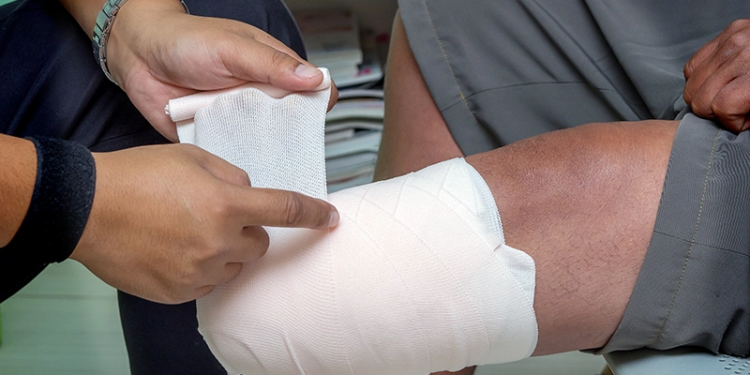> Excellent questions. A lot of the answers you seek
> have been answered either directly, or in part by
the following papers:–Labelle, H, et al.
Three-dimensional Effect of the Boston Brace on the
Thoracic Spine and Rib Cage. SPINE, volume 21, Number
1, pp. 59-64, 1996.–Aubin, C-E. et al. Rib
Cage-Spine Coupling Patterns Involved in Brace
Treatment of Adolescent Idiopathic Scoliosis. SPINE,
Volume 22, Number 6, pp. 629-635, 1997.–Chase, AP, et
al. The Biomechanical Effectiveness of the Boston
Brace in the Management of Adolescent Idiopathic
Scoliosis.
> SPINE, volume 14, number 6, 1989. The more recent
papers also have bibliographies that you may find
> helpful. I hope you find this helpful, and good
> luck with your research!
*******************************************************
> I’m sorry that I can’t give you exact numbers, but
> here is some of my experience with scoliosis races:>
> 1.. Make always a difference in pad positioning
> between the thoracal or thoracolumbar and the lumbar
> spine section! In the lumbar section you have no
> ribs. So you should be very careful with lateral
> pressure there. Only a very small percentage of the
> corrective force will realy reach the spine. You
> will lose the most of it in the soft tissues. And
> with a strong pressure you can harm for example the>
kidney.
> So in the lumbar spine section the application
> point of the corrective force should be placed much
> more posteriorly and should aim to the transverse
> process. This way you can effectively derotate the
> vertebras and also correct the curve through that.
> 2.. It’s different in upper spine sections. There
> you have the ribs, and you can expect a spine
> manipulation by pushing the ribs. Here I place my
> pads always “in between” the lateral side and the
> posterior. But I place it according to the X- ray
> more lateraly if I have a strong curve (bending-)
> component (characterized by a high Cobb ankle) or
> more posteriorly if I have a strong component of
> rotation (higher rotation signs at the X- ray and a
> stronger rib hump in the clinical).
> I hope it helps a little bit.
*******************************************************
By pushing from the lateral component only, there area
few problems:First and foremost, the resultant force
issub-optimal. Since scoliosis is a deflection,
rotation and column shortening and wedo not directly
load the column logitudinall to lengthen it (ala
Halostyle) we only have transverse forces to work
with. With transverse, wecan use coronal plane
force (lateral pad only) sagittal plane
transverseforce (derotation only) or both. Since
recent years have brought aboutliterature showing
that at least 50% in orthosis curve corrections
areoptimal (Lonstein Winter, JBJS 1995..Rowe (Spine
1997) and others) wecan consider anything less than
50% as sub-optimal so we need to takeadvantage of
loading 2 of the three components to achieve the BEST
result.(Lateral and posterior). Secondarily, lateral
force only is applied beyond theapex of the rib arc
and therefore tends to apply large bending
moments(Force X Distance expressed in Newtons per
meter) to the apex of the ribarc and may detract from
the force directly translated to thespine. It is also
my experience that the initial discomfort is because
theforce is so desperately necessary in those regions
and thisdiscomfort will subside in a few days as the
spine undergoes a viscoelasticrelaxation and then
creeps to a lesser magnitude (corrects). At thispoint,
it is also my experience that the pad needs tightened
again (like anorthodontic apparatus requires interim
tightening) to bring it toa discomfort level again
(which will also subside in a few days) toachieve
greater correction. Remember, in-orthosis corrections
are thebest prognosticator of outcomes (Chapter 13,
Scoliosis: Making ClinicalDecisions, Bunch W,
Patwardhan AG, Mosby 1989). So a lateral pad only
maybe more comfortable but it only takes advantage of
1 of the threemechanisms of the curve and a
posterior-lateral pad will take care of 2 and
willusually provide better correction. Andres was
correct a few hundredyears ago, Press on all of the
deformity.
*******************************************************
I work directly with the Twinm Cities Spine center (
Lonstein, Winter, etc) and have been doing so for
many years. I very much believe in placing the
thoracic pad laterally. Almost every idiopathic scoli
is hypokyphotic and that is as much a concern or more
even, than more correction on the coronal plane.




